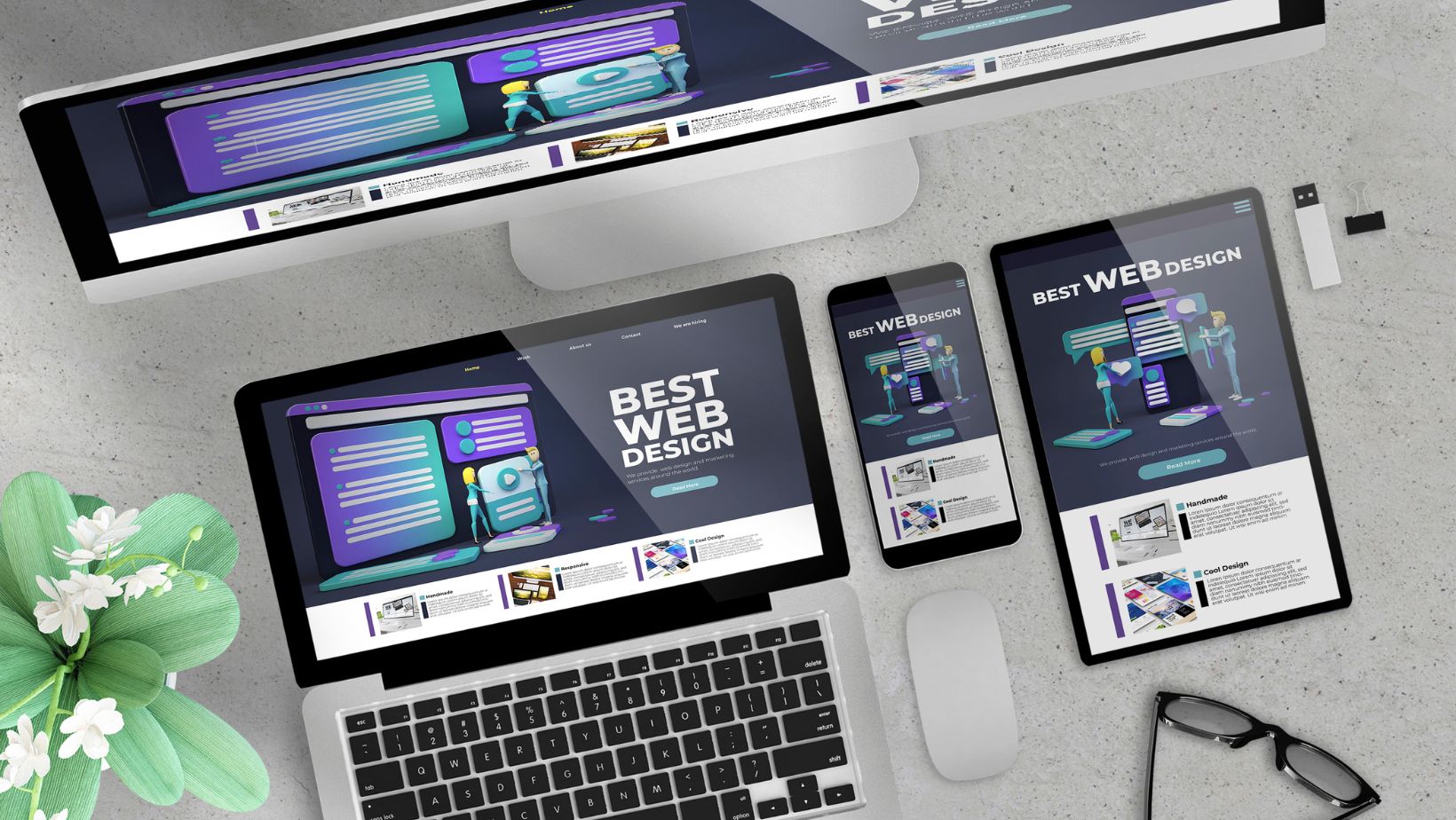How Do You Measure the Success of Your Designs
Design is a crucial aspect of any project, whether it’s a website, a product, or a marketing campaign. As a designer, I understand the importance of measuring the success of my designs. It’s not enough to create something visually appealing; I need to know if my designs are achieving their intended goals. But how do you measure the success of your designs? In this article, I’ll share some key metrics and strategies that I’ve found helpful in evaluating the effectiveness of my design work.
When it comes to measuring the success of your designs, it’s important to have clear objectives in mind. Before starting any project, I always make sure to define specific goals and desired outcomes. These could be anything from increasing website conversions to improving user engagement. By having these objectives in place, I can then determine the most relevant metrics to track and measure the success of my designs. In this article, I’ll delve into some common metrics that designers can use to evaluate their work and make data-driven decisions.
Metrics to Measure Design Success
When it comes to measuring the success of my designs, there are several key metrics that I rely on. These metrics help me evaluate how well my designs are engaging users, driving conversions, and gathering valuable feedback. By tracking these metrics, I can gain insights into the effectiveness of my designs and make data-driven decisions to improve them further. Let’s take a closer look at some of the metrics I use to measure design success.
User Engagement Metrics
User engagement is a vital factor in determining the success of my designs. It measures how users interact with and respond to my designs, indicating their level of interest and satisfaction. Some of the user engagement metrics I focus on include:
- Page views: Tracking the number of times a design is viewed provides a basic understanding of its visibility and reach.
- Time on page: This metric helps me gauge how long users are spending on a page, indicating their level of engagement and interest.
- Bounce rate: A high bounce rate suggests that users are leaving a page quickly, indicating that my design may not be capturing their attention effectively.
- Click-through rate (CTR): CTR measures the percentage of users who click on a specific element within a design, such as a button or a link. It helps me assess the effectiveness of my call-to-action elements.
By analyzing these user engagement metrics, I can identify areas of improvement and make necessary adjustments to enhance the overall user experience.

Tools and Techniques for Measuring Design Success
As a designer, I know that measuring the success of your designs is crucial. It allows you to evaluate their impact and make informed decisions for future projects. In this section, I will discuss some valuable tools and techniques that can help you measure the success of your designs.
Analytics Tools
One of the most effective ways to measure design success is through the use of analytics tools. These tools provide valuable data and insights into user behavior, allowing you to track important metrics such as website traffic, bounce rates, and conversion rates. By analyzing this data, you can gain a deeper understanding of how users interact with your designs and identify areas for improvement.
Here are a few popular analytics tools that can assist you in measuring design success:
- Google Analytics: This powerful tool provides detailed insights into website performance, user demographics, and behavior. It allows you to track key metrics, set up goals, and measure the effectiveness of your designs in driving user engagement and conversions.
- Hotjar: Hotjar offers heatmaps, session recordings, and user feedback tools to help you understand how users interact with your designs. Heatmaps visualize user activity, while session recordings provide a playback of user sessions. These features can reveal valuable insights about user behavior and highlight areas of improvement.
- Adobe Analytics: Adobe Analytics is a comprehensive analytics solution that offers advanced reporting and segmentation capabilities. It allows you to create custom dashboards, analyze user journeys, and track the success of your designs across different platforms and devices.
Conclusion
Measuring the success of our designs is an essential part of the design process. By following best practices such as setting clear goals, using a combination of metrics, continuously monitoring and iterating, and gathering user feedback, we can ensure that our designs are effective and impactful.
In this article, I have discussed the importance of measuring design success and provided insights into effective strategies. I have emphasized the value of leveraging both qualitative and quantitative metrics to gain a comprehensive understanding of how our designs are performing.

